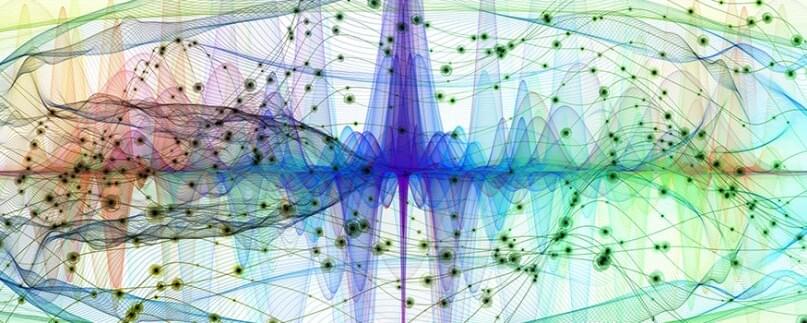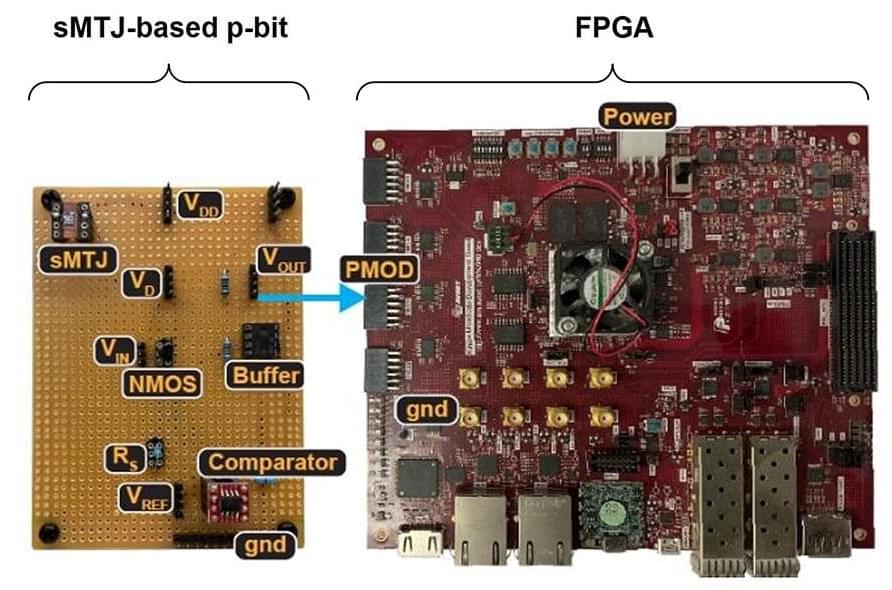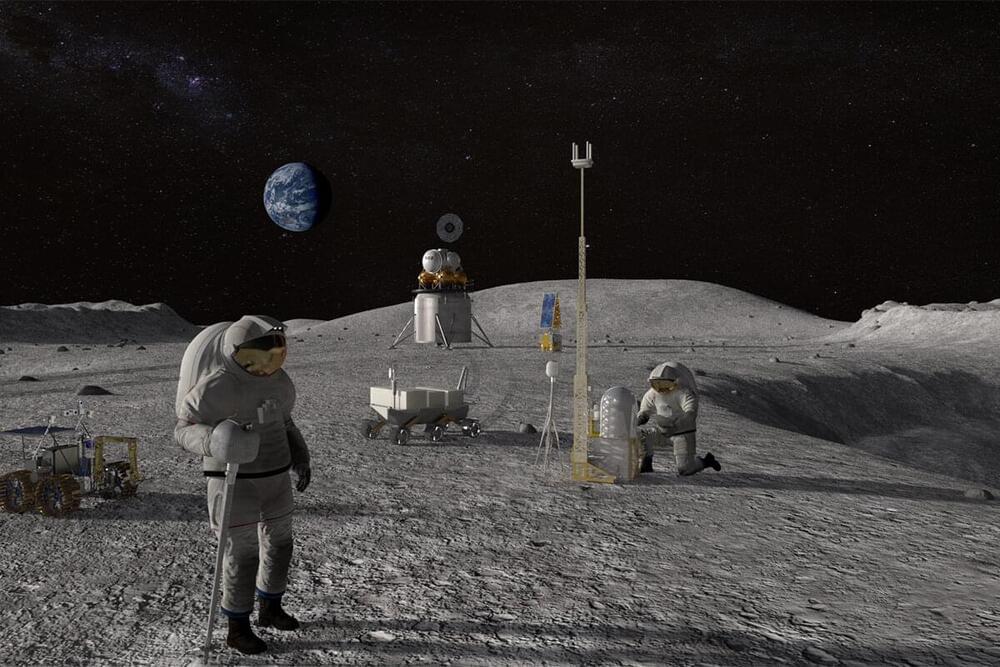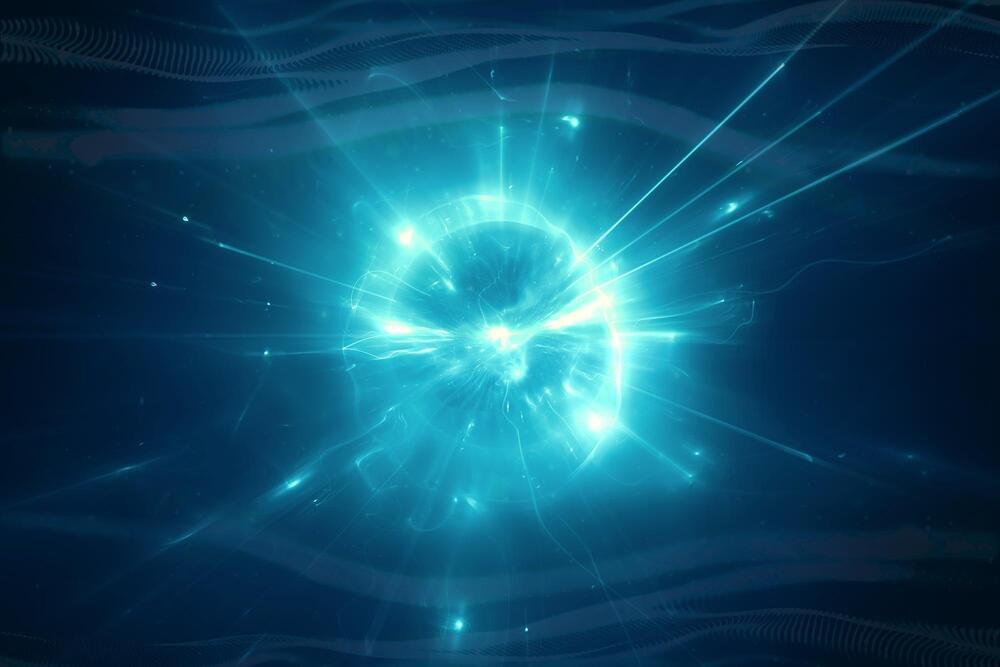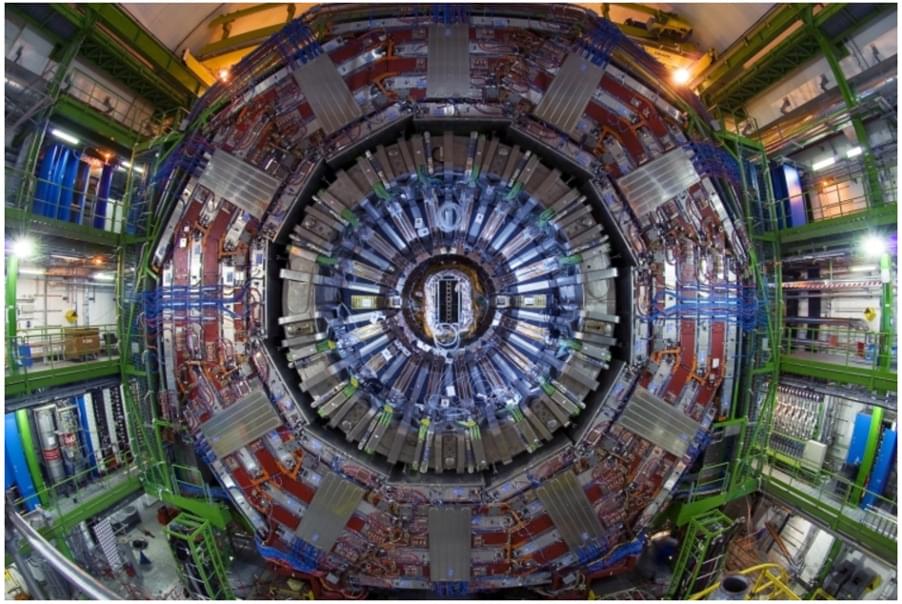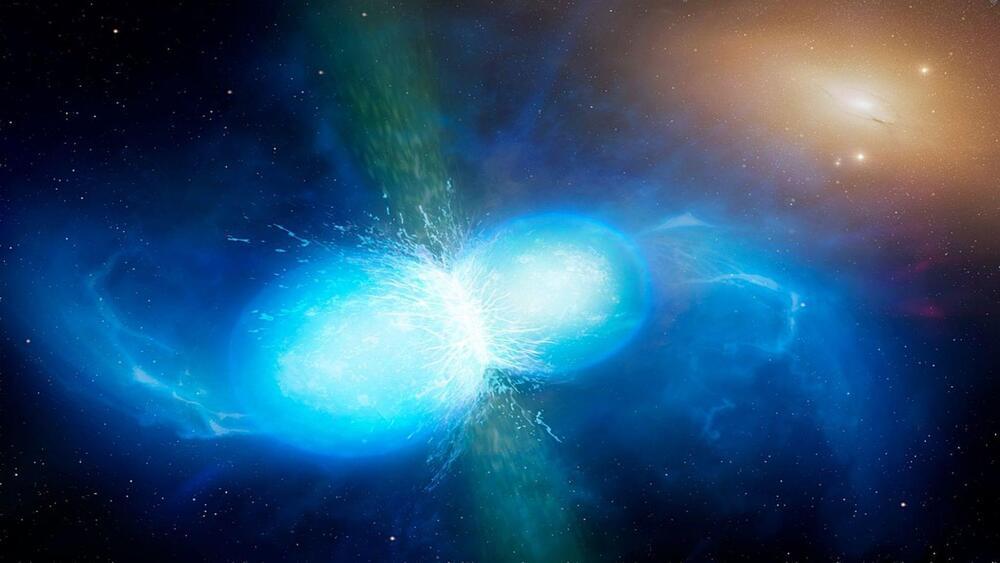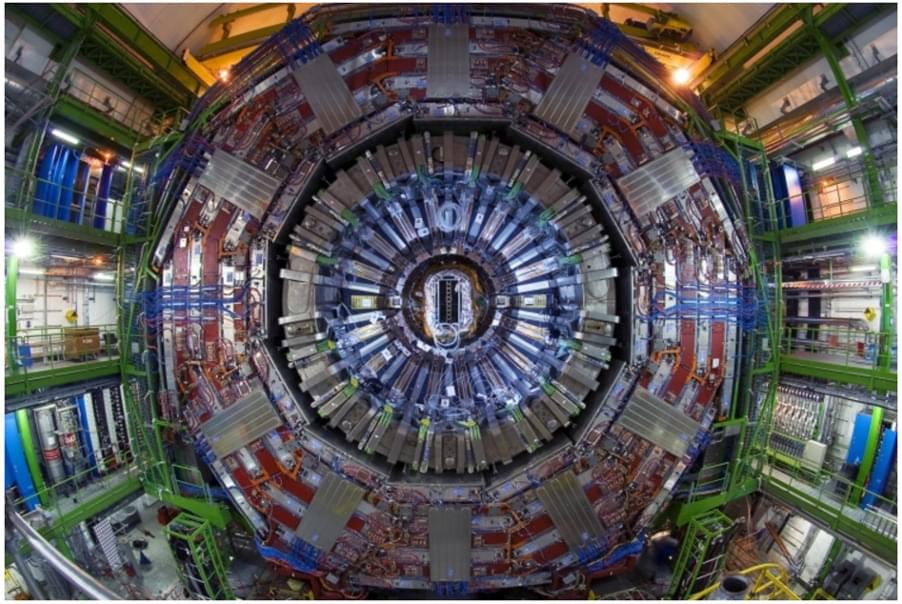After recombining the superposed photons by sending them through another crystal, the team measured the photon polarization across a number of repeated experiments. They found a quantum interference pattern, a pattern of light and dark stripes that could exist only if the photon had been split and was moving in both time directions.
“The superposition of processes we realized is more akin to an object spinning clockwise and counter-clockwise at the same time,” Strömberg said. The researchers created their time-flipped photon out of intellectual curiosity, but follow-up experiments showed that time flips can be paired with reversible logic gates to enable simultaneous computation in either direction, thus opening the way for quantum processors with greatly enhanced processing power.
Theoretical possibilities also sprout from the work. A future theory of quantum gravity, which would unite general relativity and quantum mechanics, should include particles of mixed time orientations like the one in this experiment, and could enable the researchers to peer into some of the universe’s most mysterious phenomena.

